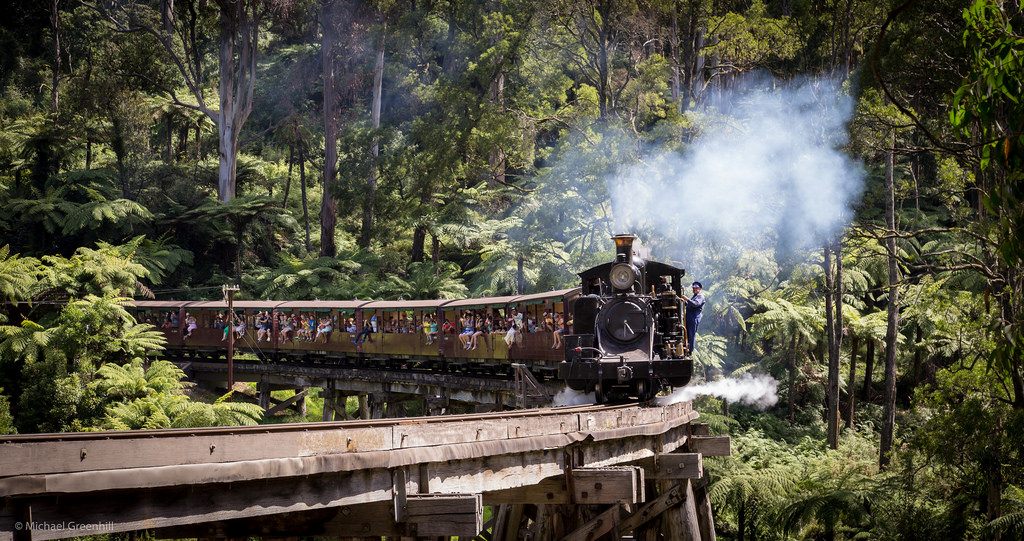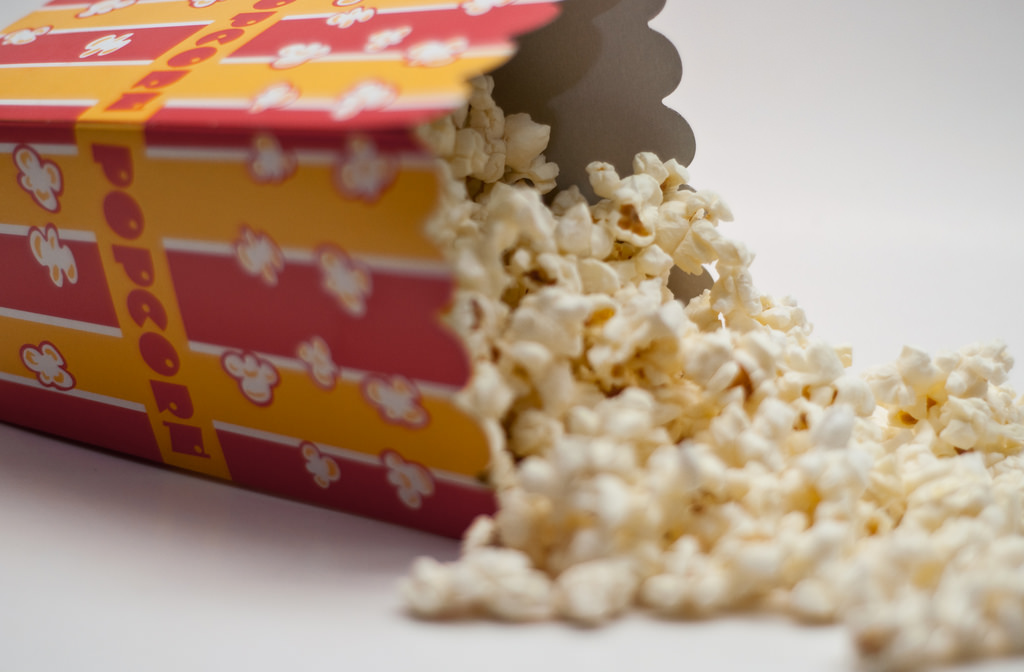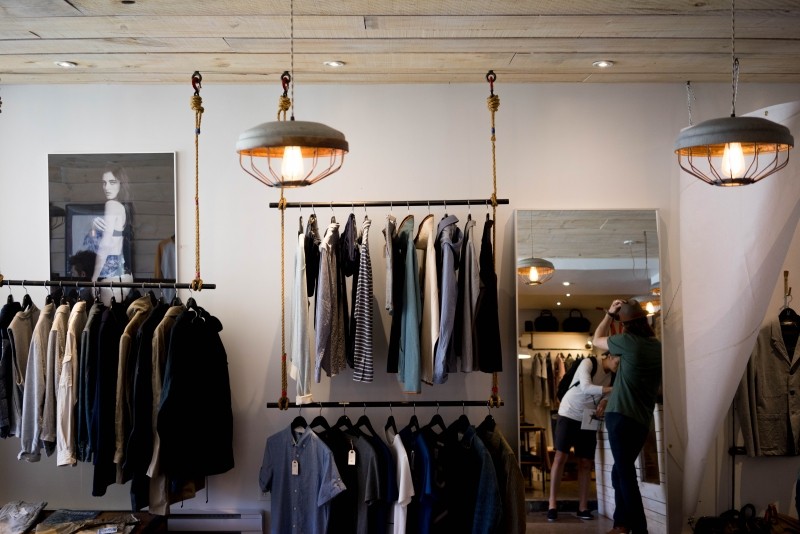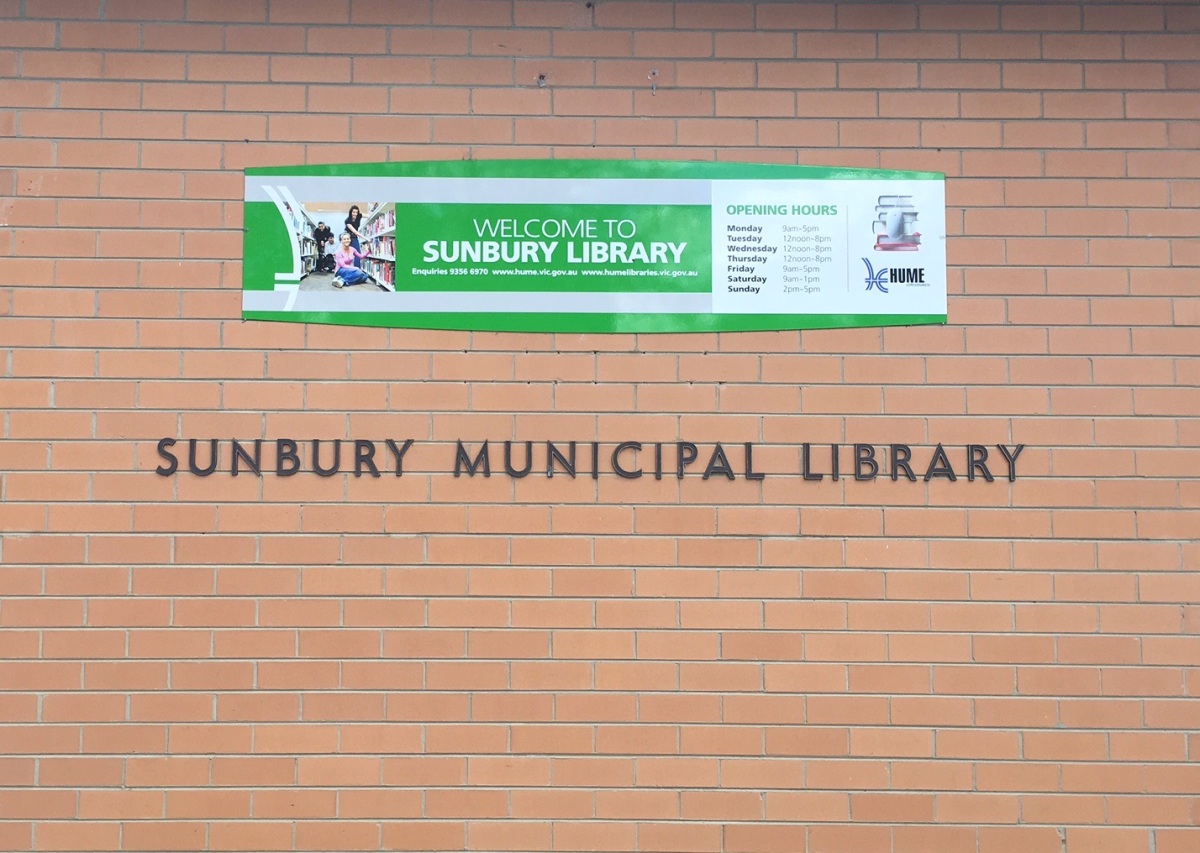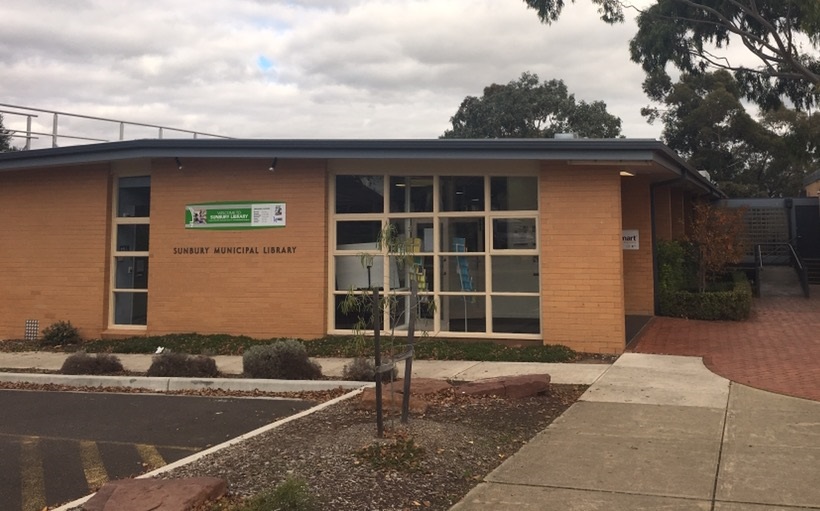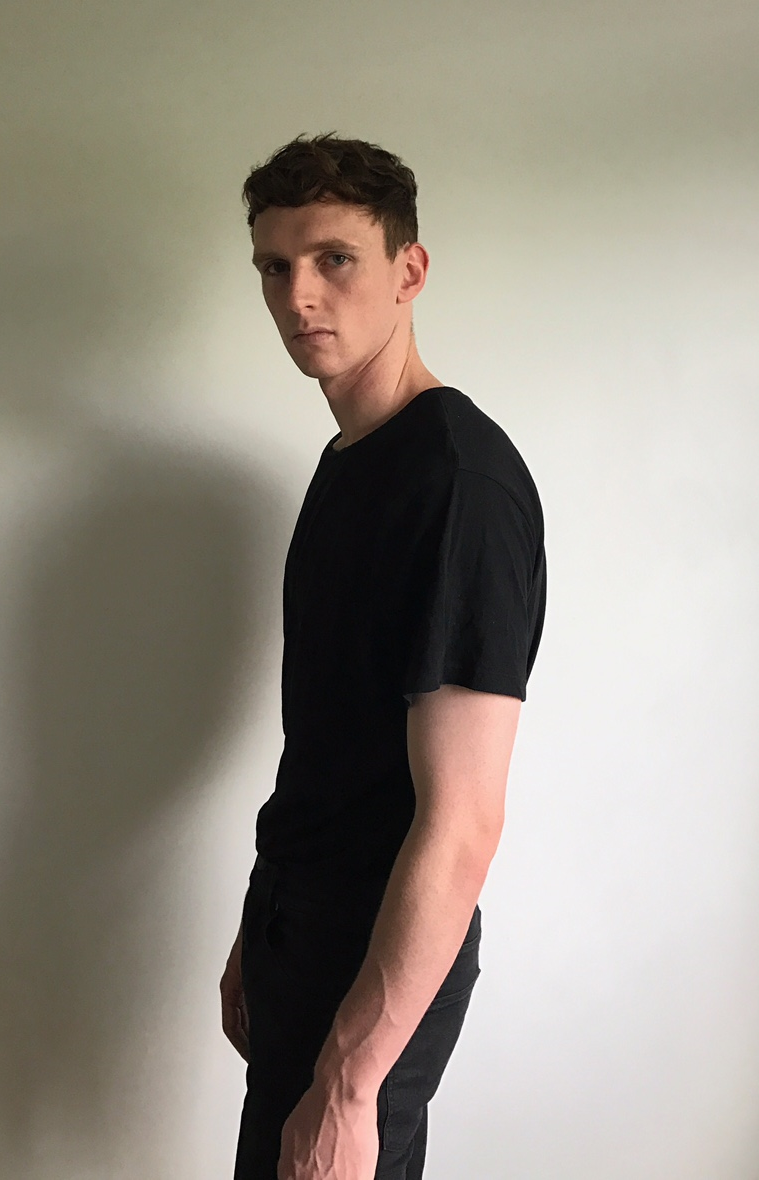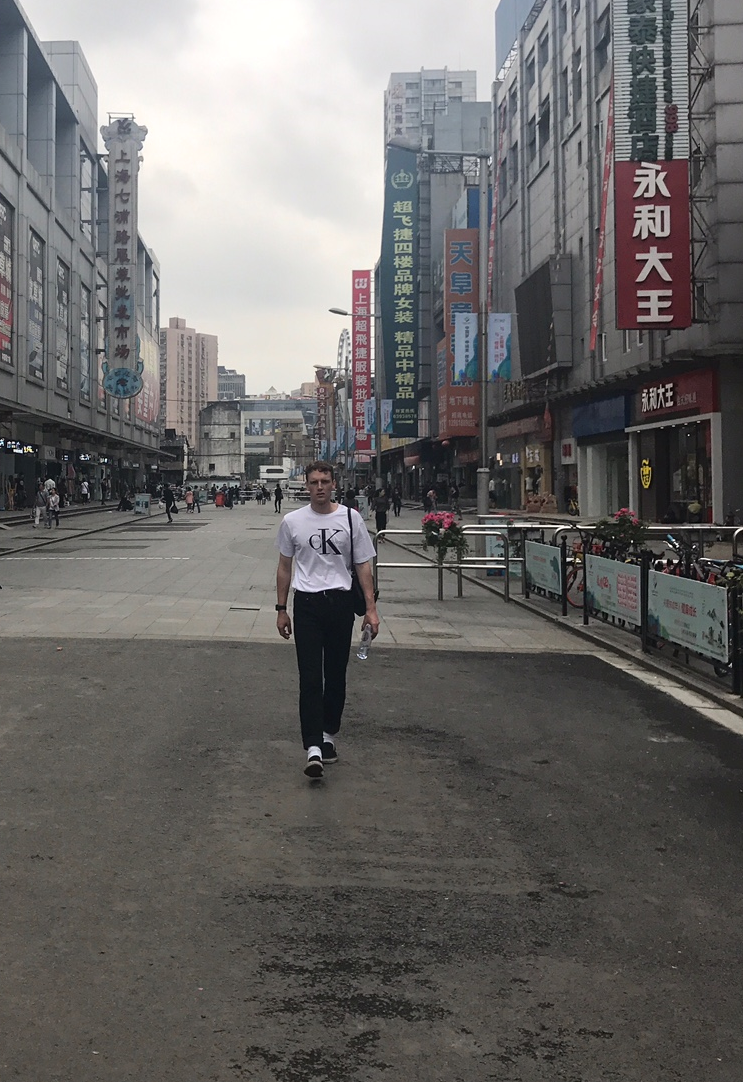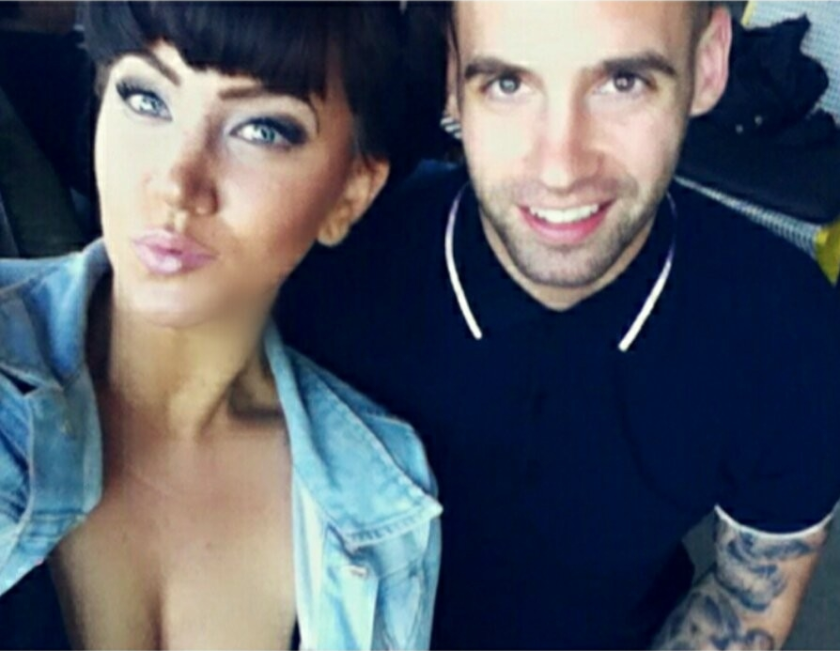New Developments in the Communication Sector – Coles plastic bag ban and backflip
INTRODUCTION – THE STORY
In this SWOT analysis case study we will be looking at the Coles plastic bag ban. We will be looking at their communication, their problems, what they didn’t do right and what they should have done to communicate more efficiently about the issue.
The story begins with the July 2017 announcement from Coles and Woolworths supermarkets that they will be phasing out single use plastic bags, replacing them with new 15c bags and reusable eco bags. Coles stated they received quite a few complaints from customers who were having trouble adjusting to the ban and who said they needed more time to remember to bring their own bags – which led to Coles deciding to give out their 15c bags free “indefinitely” and essentially backflipping from the initial ban.
This backflip resulted in negative media coverage and heavy scrutiny from environmental groups and the public – which then resulted in Coles backflipping on their backflip and charging for plastic bags again.
THE PROBLEM
The main problem for Coles was trying to satisfy everyone all at once. They wanted to keep their customers happy which led to the initial backflip. Once they realised that did not go down well with the public – most of whom are happy to bring a bag and help the environment – and that the negative media it was directing towards them was not good for their image, they decided to reverse their decision leading to their second backflip. The main problem with this issue was that Coles was constantly changing their stance and not maintaining consistency or standing by their initial decision – despite the fact it was a positive decision towards being a greener company.
SWOT (STRENGTHS, WEAKNESSES, OPPORTUNITIES AND THREATS)
In looking at the Coles plastic bag ban backflips and applying SWOT analysis to the issue, the following can be determined –
Strengths – It is a good move towards being a more ‘green’ company/ecological, dramatic reduction in waste in the environment, cost effective for Coles.
Weaknesses – Trying to satisfy everyone, not as thoroughly researched as could be – could have been rolled out over time.
Opportunities – Communication of the ban – investing in above and beyond reminders to customers, researching how international/interstate supermarkets have dealt with bans.
Threats – Not enough dialogue/communication with customers/environmental groups/community, alienation of customers.
WHAT WAS NOT DONE RIGHT
In their haste to match opposing supermarket Woolworths’ plastic bag ban which was announced three hours before Coles announced theirs, Coles set themselves up to be unprepared for all possibilities considering the bag ban. If they had of taken the time to independently research into how their customers would react to the ban and opened a dialogue with them they would be prepared with an appropriate response to any issues and would be able to see any problems that could arise before they happen potentially. Researching into how interstate and international supermarkets have rolled out similar bans would also be useful in implementing their own version to predict any issues that could arise. They also could have trained their staff in providing customer service by informing customers in the store of the coming ban, and although they had some advertising, more advertising on different platforms leading up to the ban being initiated and a few weeks after would have been a good way to keep customers informed and remind them to bring their own bags.
WHAT SHOULD BE DONE
In this situation, Coles was trying to find a way to please their customers quickly without taking the time to consider all of the options available to them to remedy any issues their customers had with their ban. Coles really should have taken the time to make a more considered decision by having a dialogue with their customers before enforcing the plastic bag ban to ensure that once the ban is started they would be fully informed and prepared for any customer complaints and not acting in a reactionary way to their customers concerns. Prior to the ban, holding focus groups, small surveys and even in-store surveys or dialogue cards could have been an option to gauge a sense of how their customers would react to the news of a bag ban, preparing them for any backlash that may occur after its initiation. After the ban is initiated, they could have more signage in stores, TV, radio and print advertisements leading up to the ban and after reminding customers to bring their own bags and perhaps communication to the public of the effects the ban is having on the environment and how it is making a difference to help provide context to the customers who can then see tangible effects of their efforts in reducing plastics.

